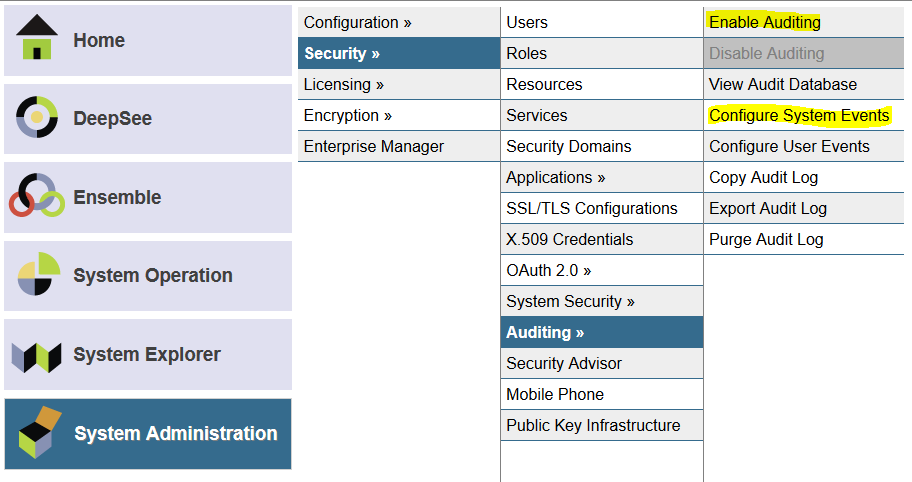Say you have a global in one database that you instead want to map from a different database. If you just create a global mapping to the new database, the existing global will become inaccessible because it still lives on the old database. The documentation notes this problem here but doesn't give details on how to fix it.


